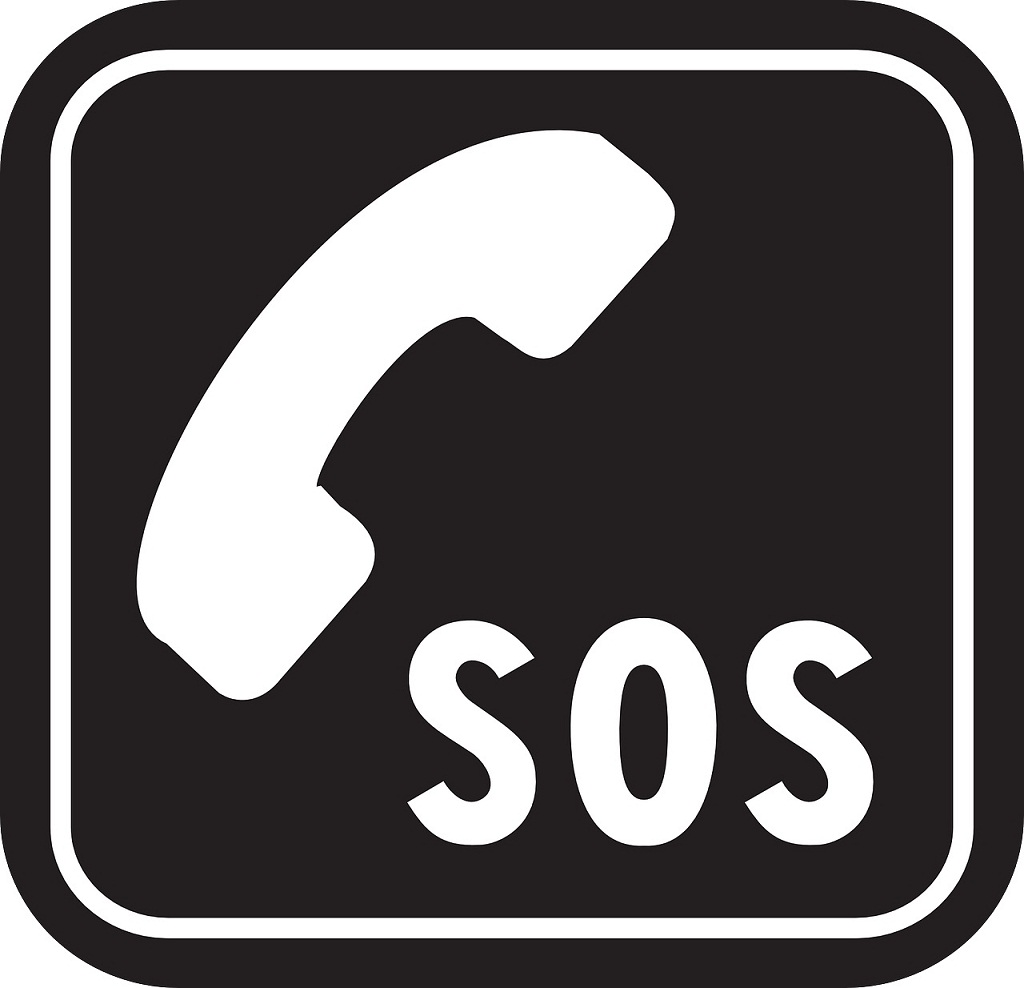
Story Highlights
- Historical event:
- 1 July 1908
- It is interesting that the word SOS itself is not an abbreviation of any expression, but was chosen because of the simplicity of sending Morse signals for these letters. Nevertheless, there are suggestions that SOS means "Save Our Ship", "Save Our Souls" or "Send Out Succour".
On this day the signal for help when in trouble, today known as the SOS signal, was adopted throughout the world.
It is a combination of short and long Morse signals in the form (· · · — · · ·), i.e. 3 short-3 long-3 short. These symbols in the Morse code represent the letters SOS.
The word SOS itself is not an abbreviation of any expression, but was chosen because of the simplicity of sending Morse signals for these letters.
Nevertheless, there are suggestions that SOS means “Save Our Ship”, “Save Our Souls” or “Send Out Succour”. The SOS combination was actually selected because of the signal’s simplicity (· · · — · · ·), and not to represent the letters SOS.
SOS signal was firstly adopted in Germany, and on this day it was accepted internationally, although the use of signal CQD (- · – · – · – ·) still existed in parallel for some time.
It is interesting that the first ship in danger that sent the SOS signal was Slavonia, owned by the Cunard Line, on 10 June 1909.
The famous Titanic, which struck an iceberg in 1912, sent intermixed CQD and SOS signals via radio. Eventually, the CQD signal died out and SOS became universally accepted.




